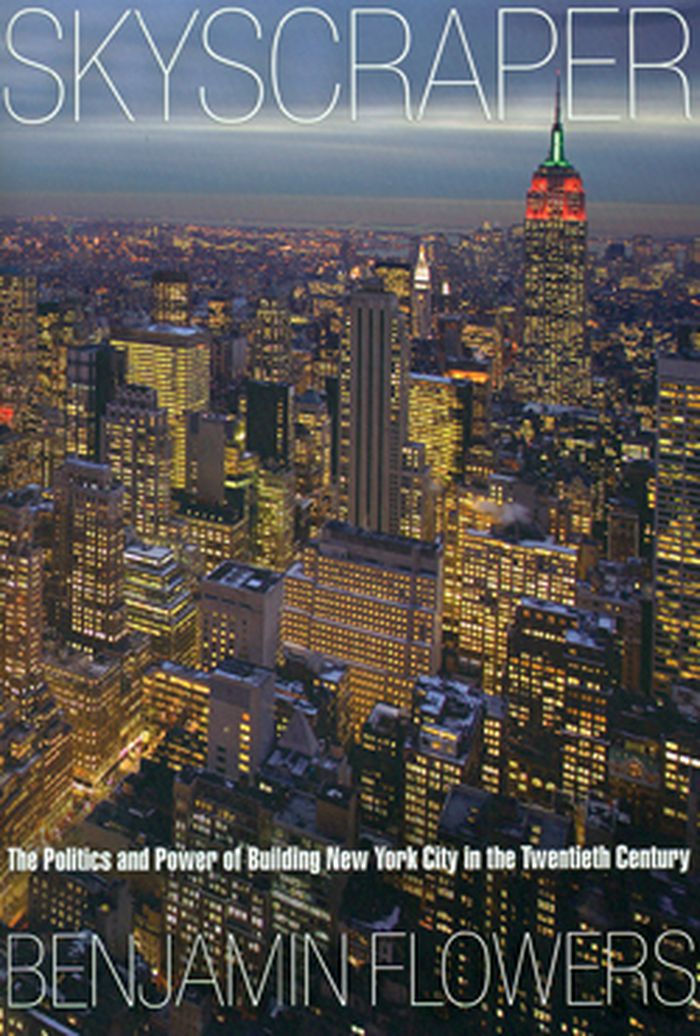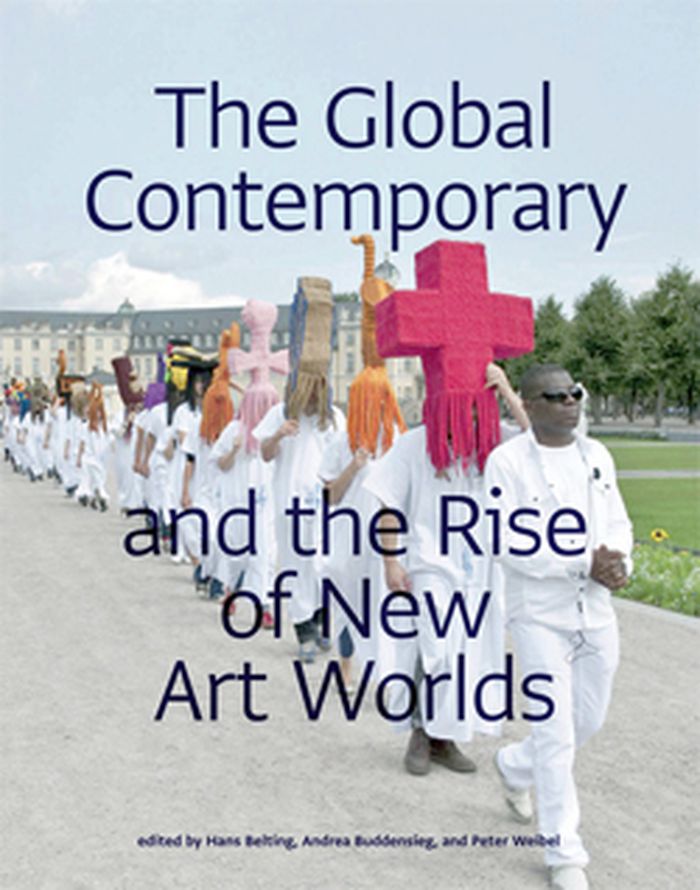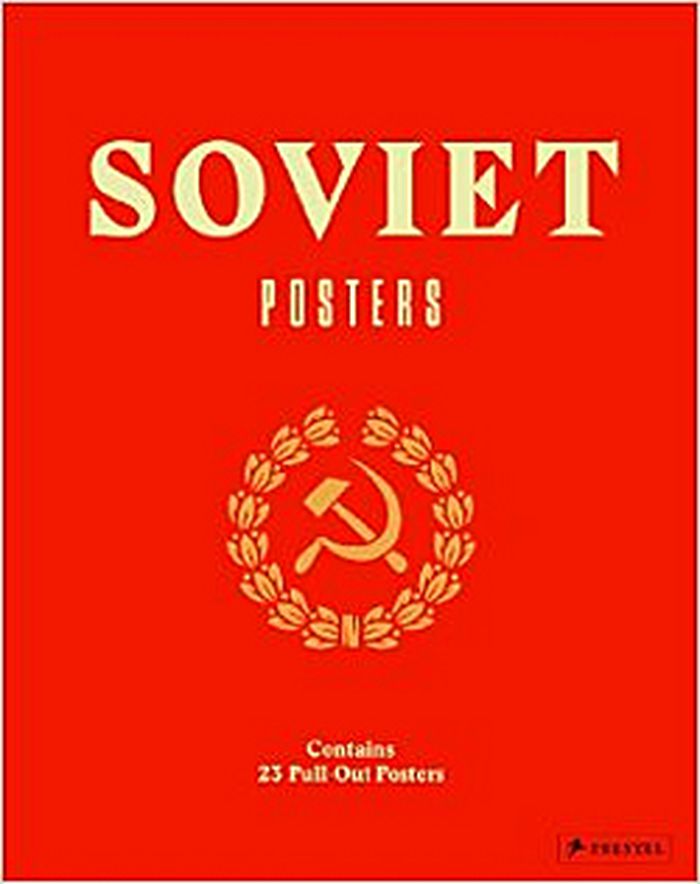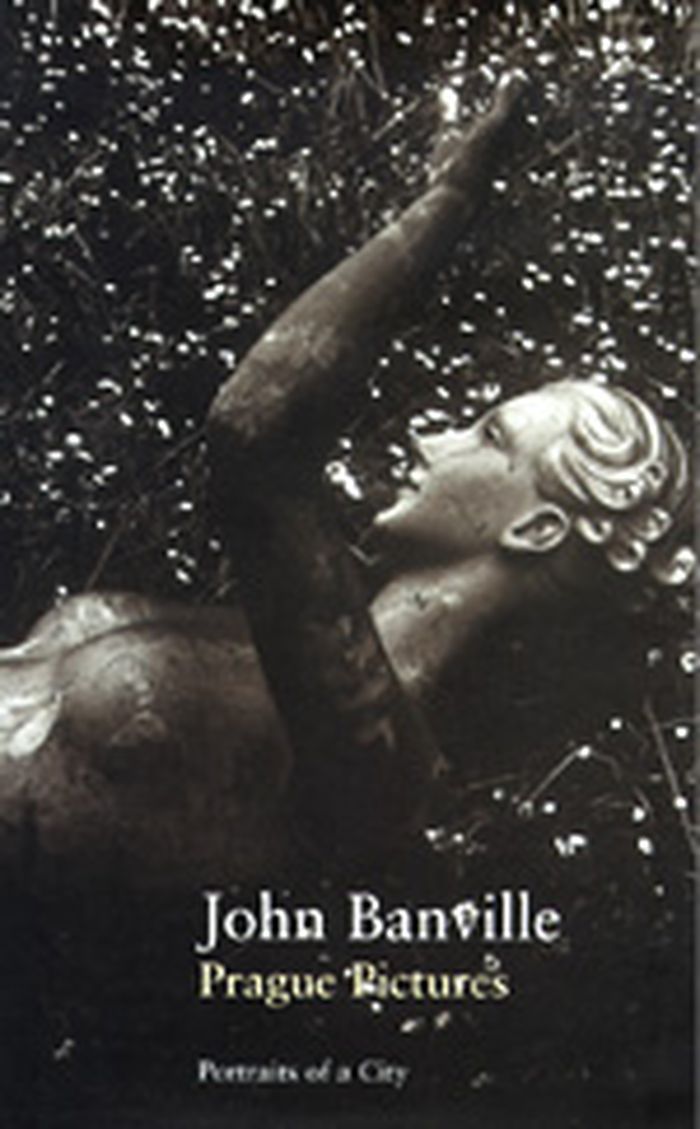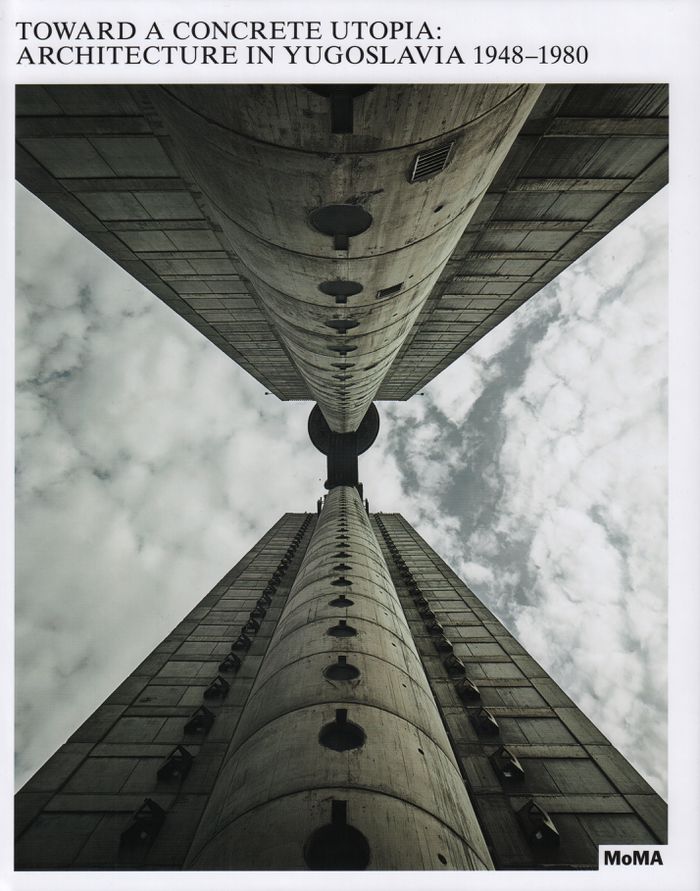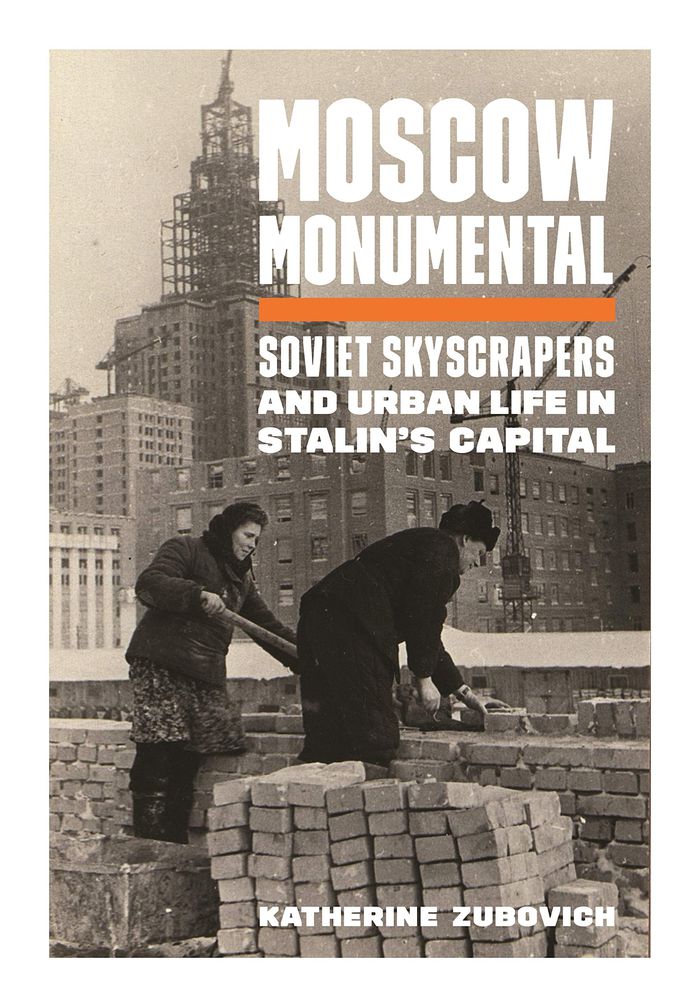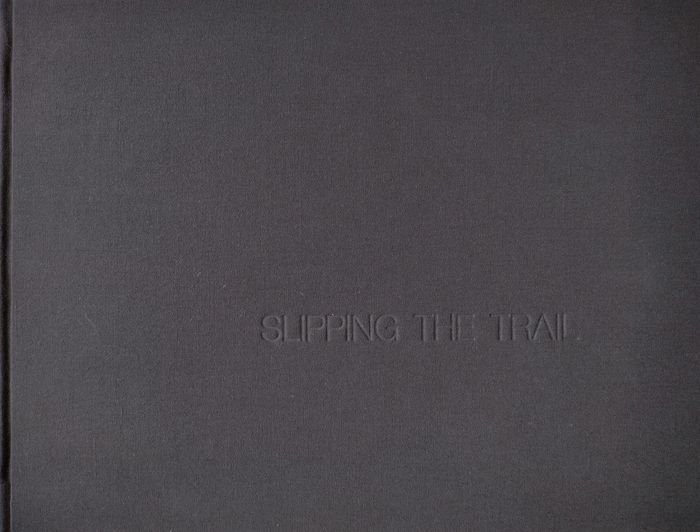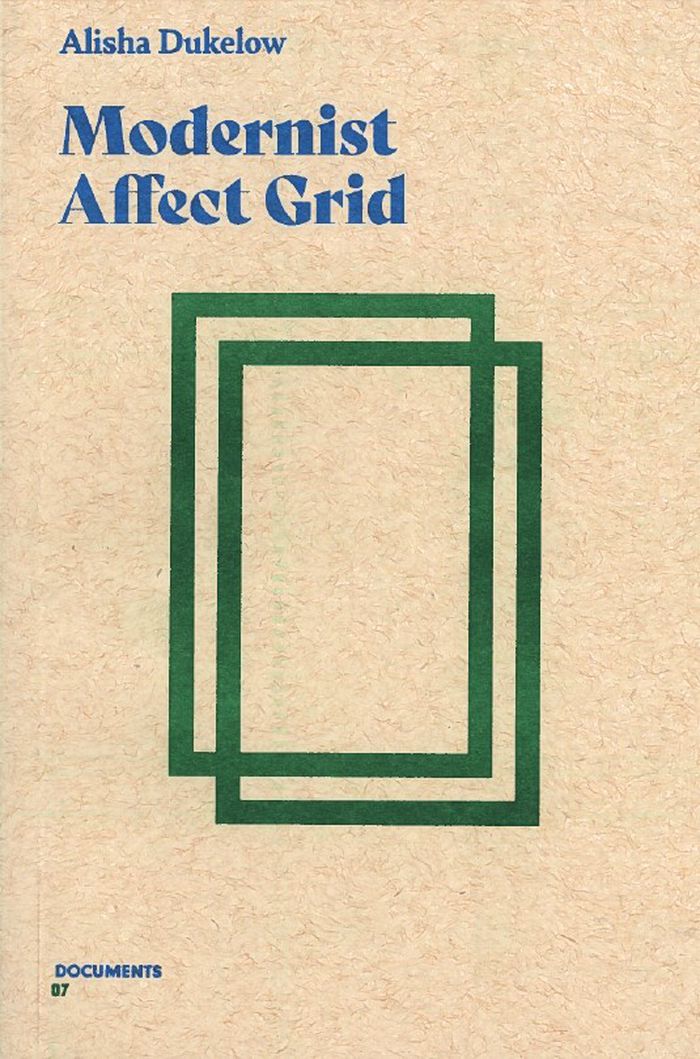$49.95
(disponible sur commande)
Résumé:
Benjamin Flowers explores the role of culture and ideology in shaping the construction of skyscrapers and the way wealth and power have operated to reshape the urban landscape. Flowers narrates this modern tale by closely examining the creation and reception of three significant sites: the Empire State Building, the Seagram Building, and the World Trade Center. He(...)
Skyscraper: the politics and power of building New York City in the twentieth century
Actions:
Prix:
$49.95
(disponible sur commande)
Résumé:
Benjamin Flowers explores the role of culture and ideology in shaping the construction of skyscrapers and the way wealth and power have operated to reshape the urban landscape. Flowers narrates this modern tale by closely examining the creation and reception of three significant sites: the Empire State Building, the Seagram Building, and the World Trade Center. He demonstrates how architects and their clients employed a diverse range of modernist styles to engage with and influence broader cultural themes in American society: immigration, the Cold War, and the rise of American global capitalism.
Gratte-ciels
$24.95
(disponible sur commande)
Résumé:
In The Aura of a Hole explores the work of A Laurie Palmer an ar tist, writer, and teacher. Her work is concerned, most immediately, with resistance to privatisation, and more generally, with theoretical and material explorations of matter's active nature as it asserts itself on different scales and at different speeds. Her work takes various forms - as sculpture,(...)
In the aura of a hole : exploring sites of material extraction
Actions:
Prix:
$24.95
(disponible sur commande)
Résumé:
In The Aura of a Hole explores the work of A Laurie Palmer an ar tist, writer, and teacher. Her work is concerned, most immediately, with resistance to privatisation, and more generally, with theoretical and material explorations of matter's active nature as it asserts itself on different scales and at different speeds. Her work takes various forms - as sculpture, installation, public projects, and writing. This publication focuses specifically on a decade-long project Palmer undertook - an extended exploration of mineral extraction sites in the US. Through her narration, the project discusses themes of the raw scientific and mechanical aspects of the industry, alongside environmental justice, First Nation rights, industrial agriculture, chemical weapons, low temperature physics, the Cold War, the Iraq War, biotechnology, bio geochronology, nanotechnology, Homeland Security, globalised trade, global warming and unemployment.
Théorie de l’architecture
$56.95
(disponible sur commande)
Résumé:
The geography of the visual arts changed with the end of the Cold War. Contemporary art was no longer defined, exhibited, interpreted, and acquired according to a blueprint drawn up in New York, London, Paris, or Berlin. With the emergence of new art scenes in Asia and the Middle East and the explosion of biennials, the visual arts have become globalized as surely as the(...)
The global contemporary and the rise of new art worlds
Actions:
Prix:
$56.95
(disponible sur commande)
Résumé:
The geography of the visual arts changed with the end of the Cold War. Contemporary art was no longer defined, exhibited, interpreted, and acquired according to a blueprint drawn up in New York, London, Paris, or Berlin. With the emergence of new art scenes in Asia and the Middle East and the explosion of biennials, the visual arts have become globalized as surely as the world economy has. The Global Contemporary and the Rise of New Art Worlds documents the globalization of the visual arts and the rise of the contemporary over the last twenty years.
Théorie de l’art
$27.95
(disponible sur commande)
Résumé:
This large-format book of Soviet posters allows the reader to remove individual posters and is at once a revealing historical document and a sublime example of graphic art at its best. Dating from 1917 to the end of the Cold War, the posters in this book feature the work of groundbreaking Russian artists such as El Lissitzky and Alexander Rodchenko, alongside(...)
Soviet Posters: pull-out edition
Actions:
Prix:
$27.95
(disponible sur commande)
Résumé:
This large-format book of Soviet posters allows the reader to remove individual posters and is at once a revealing historical document and a sublime example of graphic art at its best. Dating from 1917 to the end of the Cold War, the posters in this book feature the work of groundbreaking Russian artists such as El Lissitzky and Alexander Rodchenko, alongside extraordinary works by their contemporaries. Presented in full color, printed on heavy paper, and in a large-format, the posters gathered here represent the pinnacle of Russian avant-garde design from the 20th century.
Arts graphiques imprimés
Prague pictures
$23.95
(disponible sur commande)
Résumé:
John Banville traces Prague’s often tragic history and portrays the people who made it, the emperors and princes, geniuses and charlatans, heroes and scoundrels, and paints a portrait of the Prague of today, revelling in its newfound freedoms, eager to join the European Community and at the same time suspicious of what many Praguers see as yet another totalitarian(...)
Prague pictures
Actions:
Prix:
$23.95
(disponible sur commande)
Résumé:
John Banville traces Prague’s often tragic history and portrays the people who made it, the emperors and princes, geniuses and charlatans, heroes and scoundrels, and paints a portrait of the Prague of today, revelling in its newfound freedoms, eager to join the European Community and at the same time suspicious of what many Praguers see as yet another totalitarian takeover. He writes of his first visit to the city, in the depths of the cold War, when he engaged in a spot of art smuggling, and of subsequent trips there, of the people he met, the friends he made, the places he came to know.
Théorie de l’architecture
$87.00
(disponible sur commande)
Résumé:
Squeezed between the two rival Cold War blocs, Yugoslav architecture consistently adhered to a modernist trajectory. As a founding nation of the Non-Aligned Movement, Yugoslavia became a major exporter of modernist architecture to Africa and the Middle East in a postcolonial world. By merging a variety of local traditions and contemporary international influences in the(...)
juin 2018
Toward a concrete utopia: architecture in Yugoslavia, 1948-1980
Actions:
Prix:
$87.00
(disponible sur commande)
Résumé:
Squeezed between the two rival Cold War blocs, Yugoslav architecture consistently adhered to a modernist trajectory. As a founding nation of the Non-Aligned Movement, Yugoslavia became a major exporter of modernist architecture to Africa and the Middle East in a postcolonial world. By merging a variety of local traditions and contemporary international influences in the context of a unique Yugoslav brand of socialism, often described as the “Third Way,” local architects produced a veritable “parallel universe” of modern architecture during the 45 years of the country’s existence. This remarkable body of work has sparked recurrent international interest, yet a rigorous interpretative study never materialized in the United States until now.
$42.95
(disponible sur commande)
Résumé:
In the early years of the Cold War, the skyline of Moscow was forever transformed by a citywide skyscraper building project. As the steel girders of the monumental towers went up, the centuries-old metropolis was reinvented to embody the greatness of Stalinist society. This volume explores how the quintessential architectural works of the late Stalin era fundamentally(...)
Moscow monumental: Soviet skyscrapers and urban life in stalin's capital
Actions:
Prix:
$42.95
(disponible sur commande)
Résumé:
In the early years of the Cold War, the skyline of Moscow was forever transformed by a citywide skyscraper building project. As the steel girders of the monumental towers went up, the centuries-old metropolis was reinvented to embody the greatness of Stalinist society. This volume explores how the quintessential architectural works of the late Stalin era fundamentally reshaped daily life in the Soviet capital. It tells a story that is both local and broadly transnational, taking readers from the streets of interwar Moscow and New York to the marble-clad halls of the bombastic postwar structures that continue to define the Russian capital today.
Modernisme
$45.00
(disponible en magasin)
Résumé:
''In 1991, I moved to Berlin for four years. The Berlin wall had just fallen but you could still see sections of it, and certainly still feel the divide between the Capitalist and Socialist states. Discovering Central Europe meant learning about some very dark history. The scars of Totalitarianism were deep, visible and raw from both the Cold War and the preceding Second(...)
Eric Tschaeppeler : Slipping the trail
Actions:
Prix:
$45.00
(disponible en magasin)
Résumé:
''In 1991, I moved to Berlin for four years. The Berlin wall had just fallen but you could still see sections of it, and certainly still feel the divide between the Capitalist and Socialist states. Discovering Central Europe meant learning about some very dark history. The scars of Totalitarianism were deep, visible and raw from both the Cold War and the preceding Second World War. These photographs were taken in Montreal during the Fall and Winter of 2013/14. I wanted to find a common visual ground where, through historical images we've all seen, my memories could be shared. I revisited these memories influenced by the political climate and my fear of a rising wave of militant nationalism and the return of the Police State. This work reflects some of my concerns through the evoking of personal and collective memories and the linking of present with past, and local to global.'' Eric Tschaeppeler
Monographies photo
Modernist affect grid
$20.00
(disponible en magasin)
Résumé:
In 1962, Place Ville Marie, Montreal’s cross-shaped office tower and underground shopping mall—named after the French Catholic settlement of unceded Mohawk territory that became the colonial city—opened to the public as the Commonwealth’s tallest ''nerve centre'' and ''breathing machine.'' The same year, Silvan Tomkins, the father of affect theory, published Volume I of(...)
Modernist affect grid
Actions:
Prix:
$20.00
(disponible en magasin)
Résumé:
In 1962, Place Ville Marie, Montreal’s cross-shaped office tower and underground shopping mall—named after the French Catholic settlement of unceded Mohawk territory that became the colonial city—opened to the public as the Commonwealth’s tallest ''nerve centre'' and ''breathing machine.'' The same year, Silvan Tomkins, the father of affect theory, published Volume I of ''Affect imagery consciousness'', which exuberantly draws on the then-sensational cybernetic brain-computer metaphor. 1962 also saw the publication of ''Story sequence analysis'' by Magda Arnold, a luddistic and devoutly Catholic psychologist who mothered the monumental cognitive appraisal theory of emotion. ''Modernist affect grid’s'' essay-poems triangulate these events as they emerge amidst the Cold War tech race’s paranoid and projective ambition.
Architecture de Montréal
$60.00
(disponible sur commande)
Résumé:
Conceived by a misguided government seeking to quiet the fears of an anxious public, the concept of the “Family Fallout Shelter” was Cold War paranoia at its finest, a massive bit of “propaganda by architecture” that has no more truth behind it than the absurd notion of “duck and cover.” Inundated with government-sponsored films, posters, booklets, traveling caravans and(...)
Bomboozled : how the U.S. governmenrt misled itself and its people into believing they could survive a nuclear attack
Actions:
Prix:
$60.00
(disponible sur commande)
Résumé:
Conceived by a misguided government seeking to quiet the fears of an anxious public, the concept of the “Family Fallout Shelter” was Cold War paranoia at its finest, a massive bit of “propaganda by architecture” that has no more truth behind it than the absurd notion of “duck and cover.” Inundated with government-sponsored films, posters, booklets, traveling caravans and exhibitions, the American family bought into the idea, investing millions of dollars in home shelters of every conceivable material and design. Bomboozled charts the panic-fueled evolution of the shelter from a well-stocked basement pantry to a full-fledged (and often completely decorated) home addition, laying bare the buried truths of America’s family fallout shelter obsession.
Théorie de l’architecture
